
Chocolate chip star fish mouth/bottom taken by Chloe Felgenhauer
Most scientists, naturalists and aquarium educators now refer to these echinoderms as "sea stars" rather than starfish, since they do not have scales, they do not swim and they are not "fish," even though they live in water. Common names can differ from region to region, and from state to state.
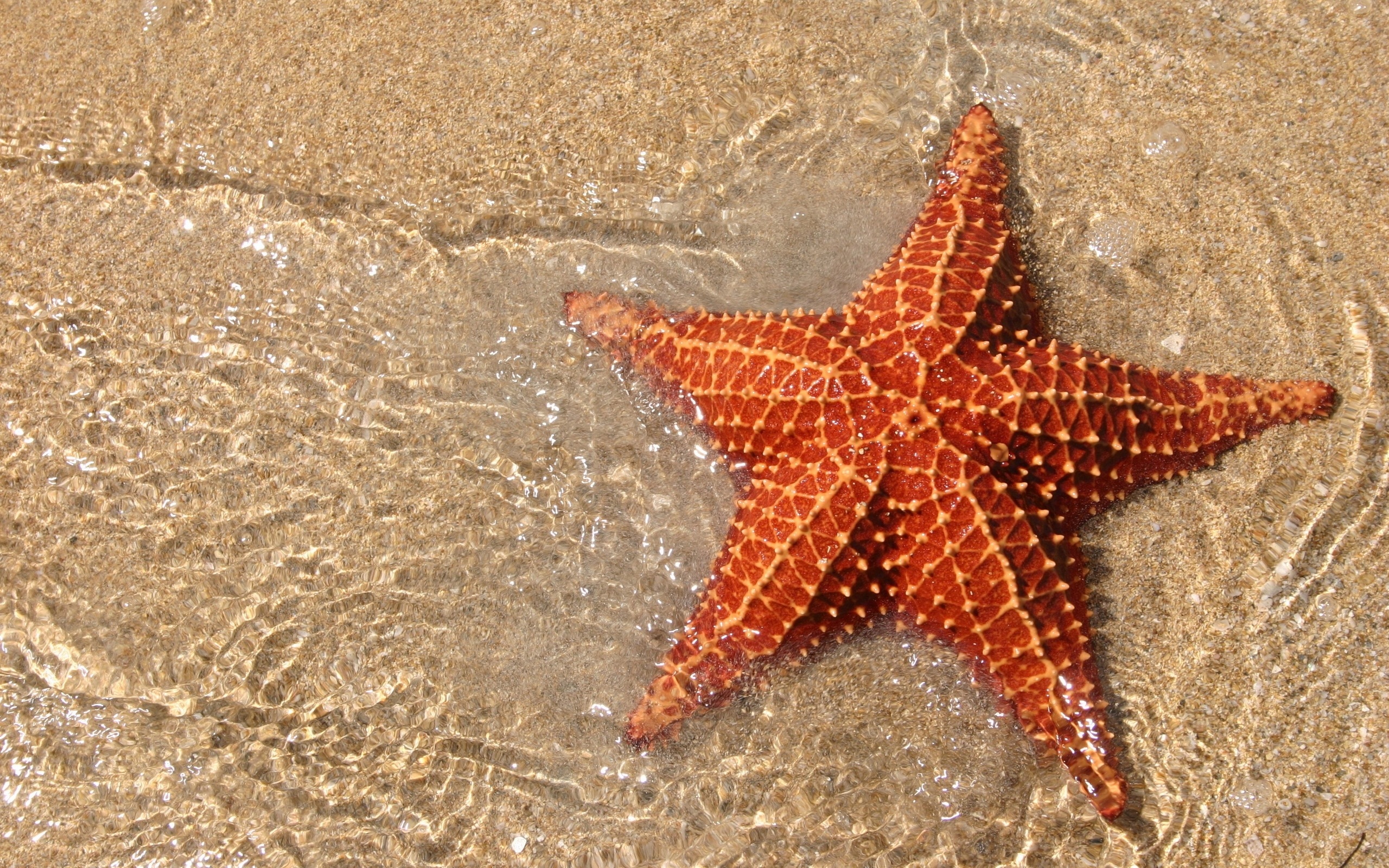
9 Cool Facts About Starfish
sea star, any marine invertebrate of the class Asteroidea (phylum Echinodermata) having rays, or arms, surrounding an indistinct central disk. Despite their older common name, they are not fishes. high Arctic sea star High Arctic sea star found in the Canadian Basin of the Arctic Ocean.

Starfish Mouth lowlight47 Flickr
1. Spines: The sea star's surface has many white spines that give the sea star a rough feel, and are used for protection. 2. Stomach: A sea star's able to eat its prey outside its body by dropping its cardiac stomach, which looks and feels like an egg white, out of its mouth and into its prey's shells.
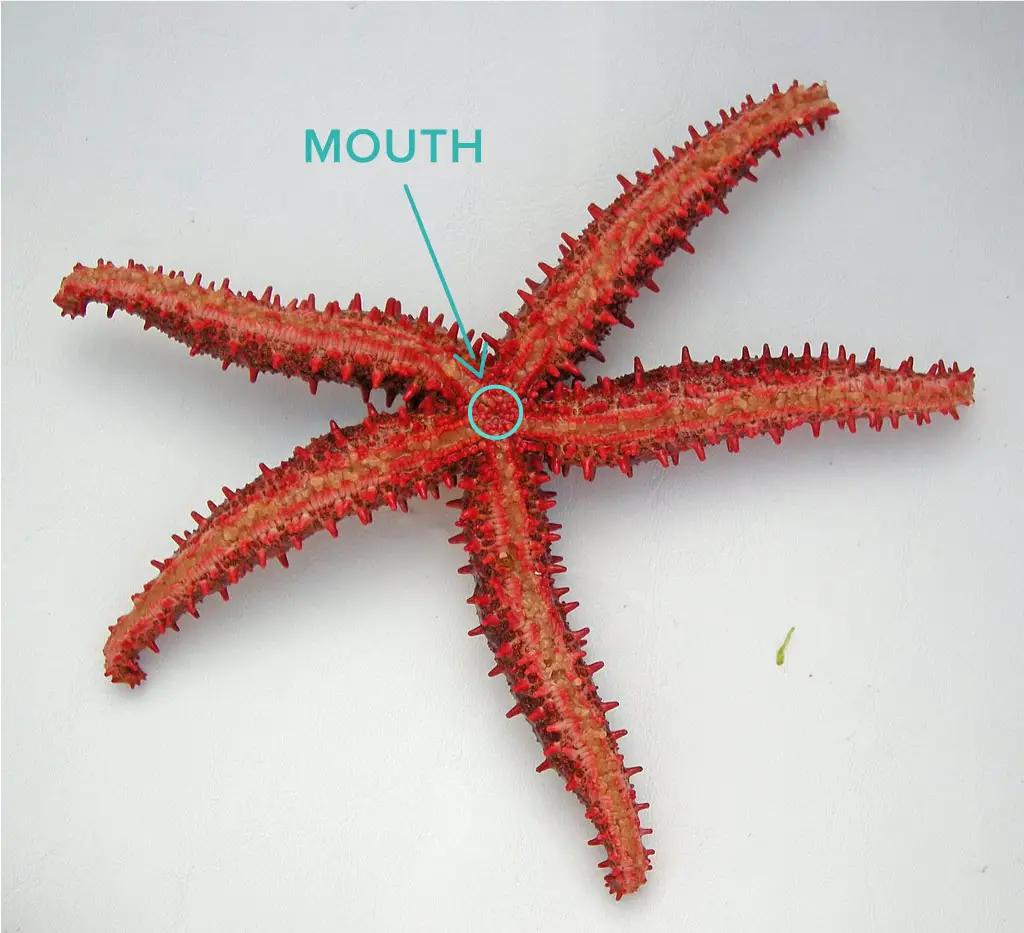
How Do Starfish Eat? Bubbly Diver
A sea star has 2 stomachs, the cardiac stomach and the pyloric stomach. It can push the cardiac stomach out of its mouth, in the centre of its underside, to engulf prey or insert it into prey (between 2 shells, for example). The stomach then secretes a powerful digestive enzyme to break down the prey. When the cardiac stomach comes back into.

Asteroidea (sea star) mouth Echinoderm lab haruspex Flickr
Sea stars range in size from three-fourths of an inch (2 cm) up to three and a half feet (one meter) in diameter. Most sea stars have five arms but they can have up to 50 arms arranged around a central disc. Some are dull yellow or orange in color but many are bright red, orange, blue, purple, green or a combination of colors.
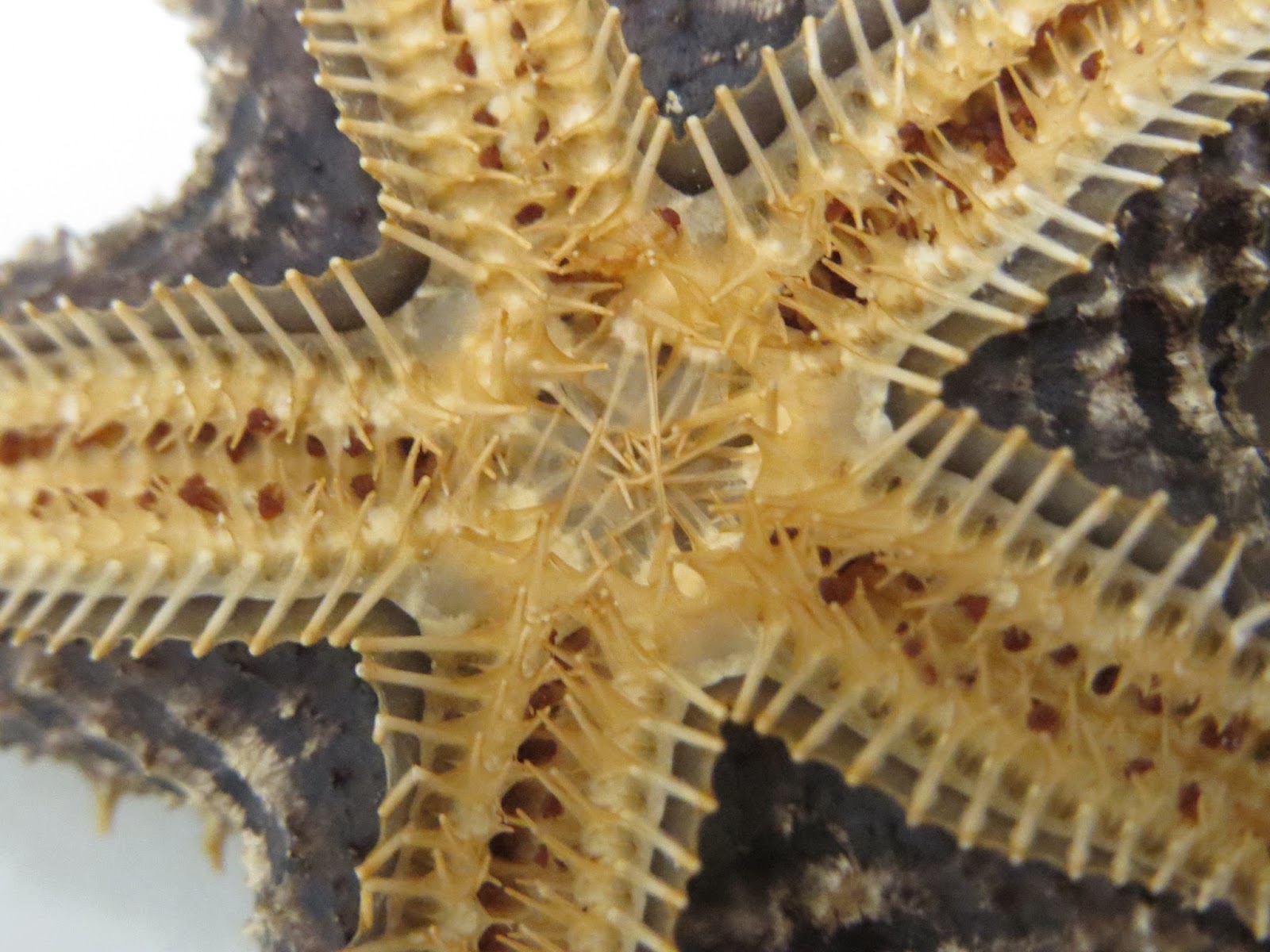
The Echinoblog Paris 2015 The Starfish Mouth in Abstract
The tropical crown-of-thorns starfish ( Acanthaster planci) is a voracious predator of coral throughout the Indo-Pacific region, and the Northern Pacific seastar is on the list of the World's 100 Worst Invasive Alien Species .
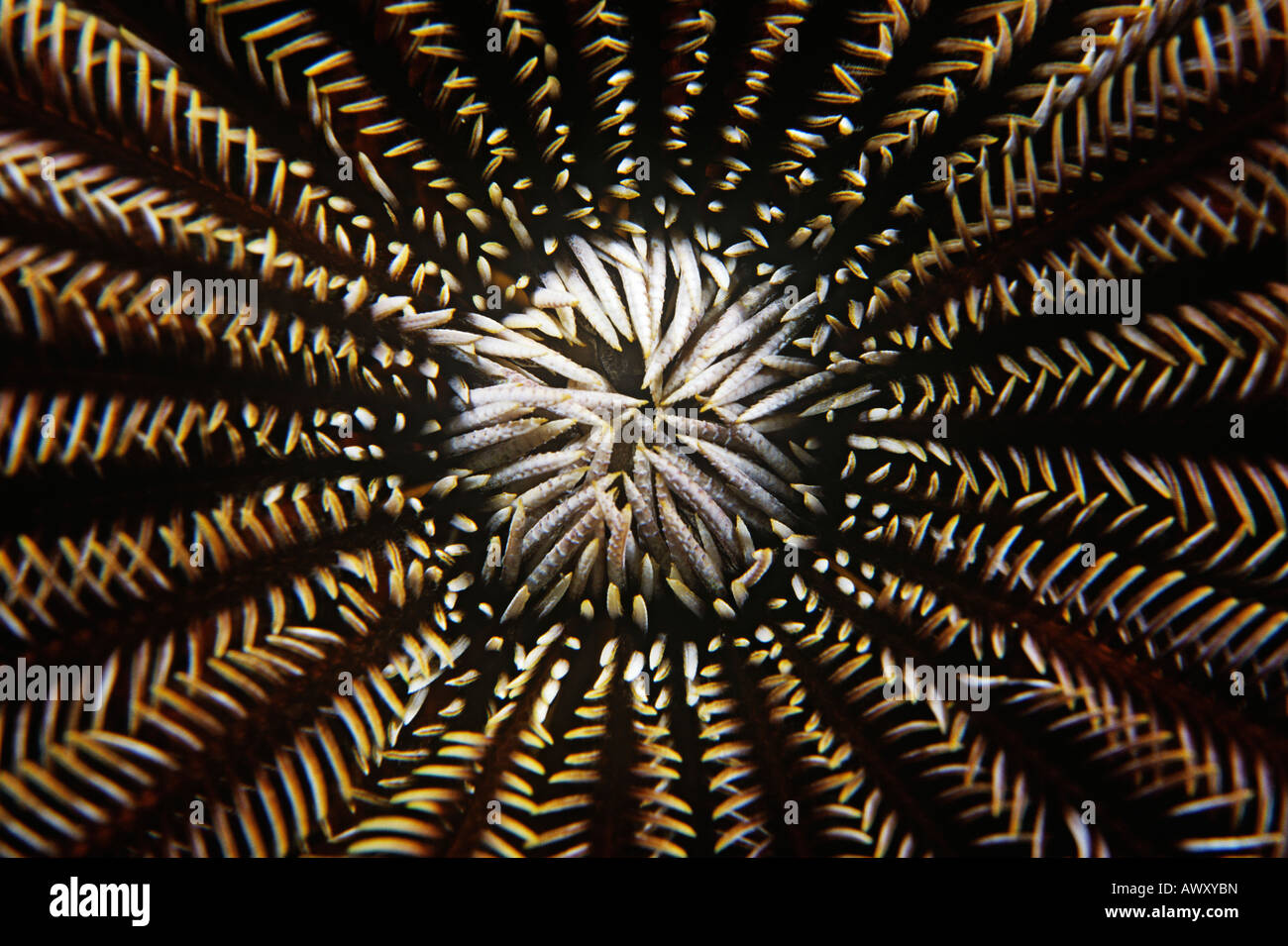
Starfish mouth hires stock photography and images Alamy
A Sea Star's Mouth Is on its Underside Some Species May Have as Many as 40 Arms They Have Eyes Some Starfish May Live for More Than Three Decades It Is Not OK to Take Them Out of the Water They Can Reproduce Sexually or Asexually They Are Omnivores They Don't Swim They Don't Hurt Humans, But We Are Dangerous to Them 1.
The Echinoblog DeepSea Starfish Mouths What do YOU see?
The mouth of a sea star opens into the stomach in the central disc. The anus is on the upper surface (Fig. 3.90 A). Most sea stars are carnivores. Although a sea star has no teeth, it can eat coral polyps and molluscs by pushing its stomach out of the body, spreading it over its prey, and digesting it. To eat a clam, the sea star grasps the.
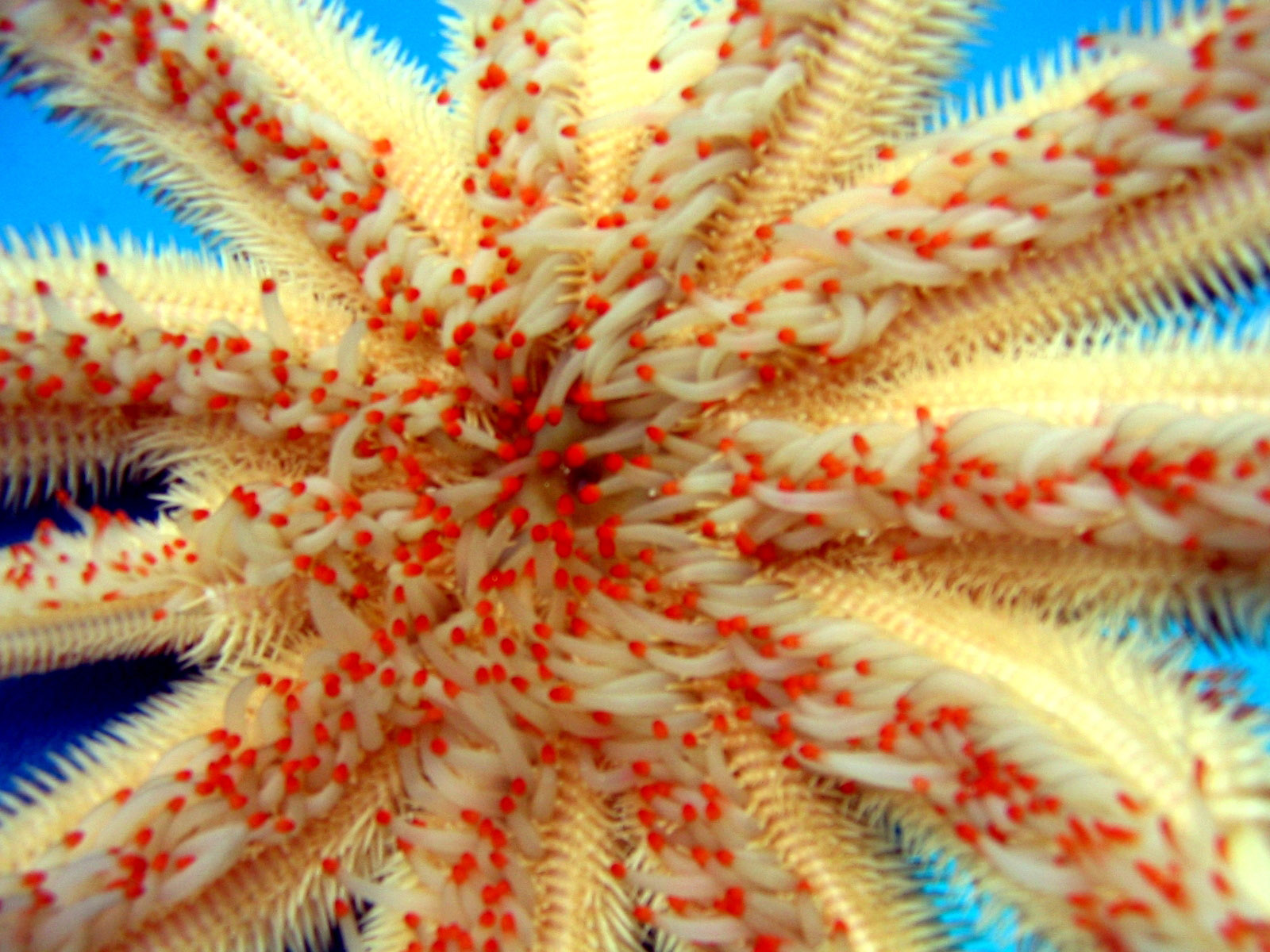
Magnificent star Starfish, a member of Paxillosida image Free stock
Lifespan (in wild): 35 years. Weight: Up to 5kg. Body size: 1-65cm, depending on species. Diet: Carnivore. Habitat: Ocean. Range: First things first - despite their common (and very misleading!) name, starfish (or sea stars) are

Seastar Mouth 1 Reef HQ is the largest living coral reef a… Flickr
Anatomy is the study of the internal and external structures present in an organism. Starfish are echinoderms, and belong to the class Asteroidea. This species is also known as 'sea star'. These are found in the Pacific, Atlantic, Indian, and even the Arctic and Southern oceans. They are an important part of marine ecology, and are one of.
.jpg/1200px-Fromia_monilis_(Seastar).jpg)
Starfish Wikipedia
They may look cute and colorful, but starfish are actually voracious predators. To sniff out and capture their prey, they rely on hundreds of water-propelled.
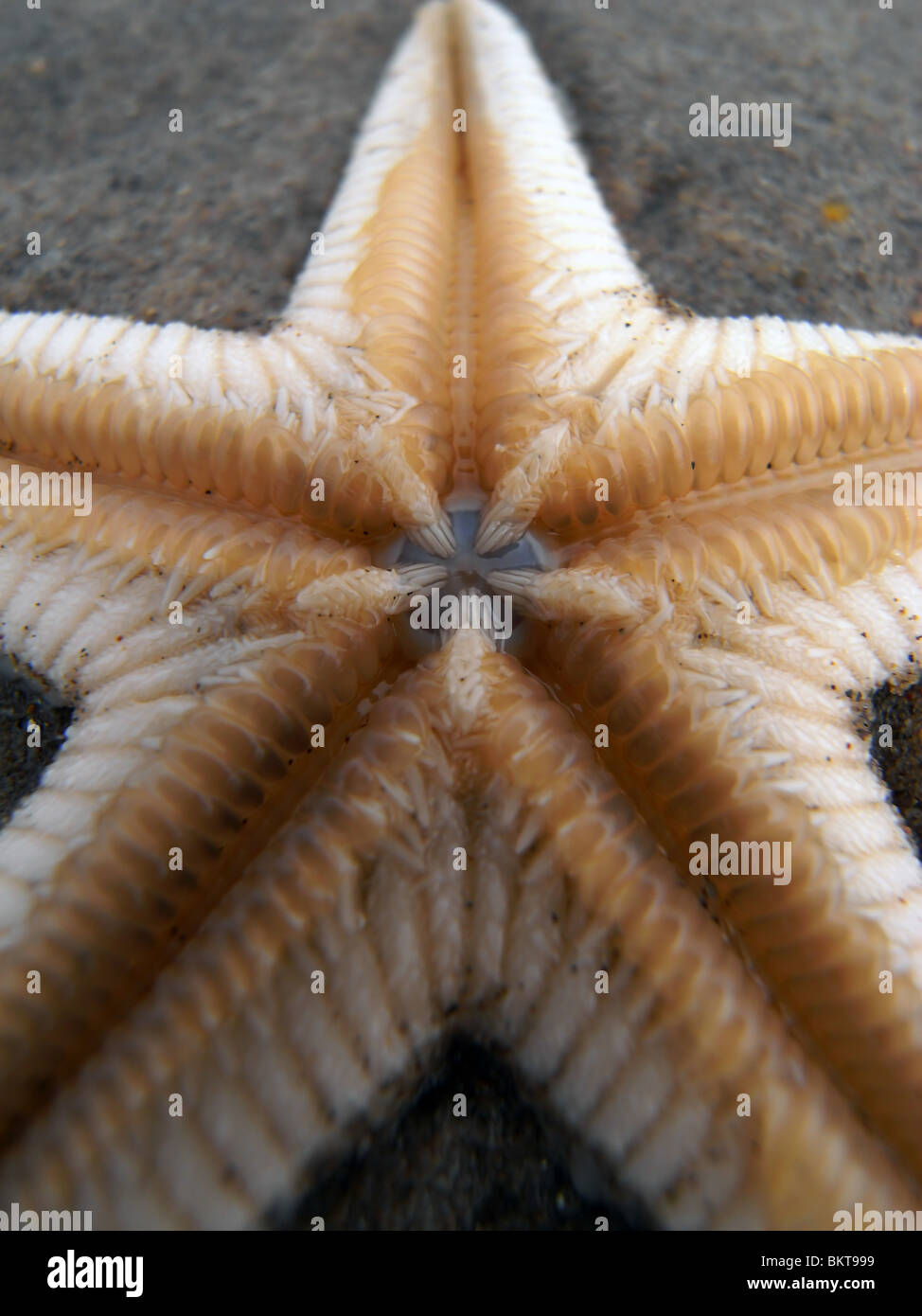
Starfish mouth Stock Photo Alamy
They feed by "grasping" their prey with their arms and extruding their stomach through their mouth and outside their body, where they digest the prey. They then slide their stomach back into their body. Starfish, or sea stars, are star-shaped animals that are a variety of shapes, sizes, and colors. Learn more about sea star biology and behavior.
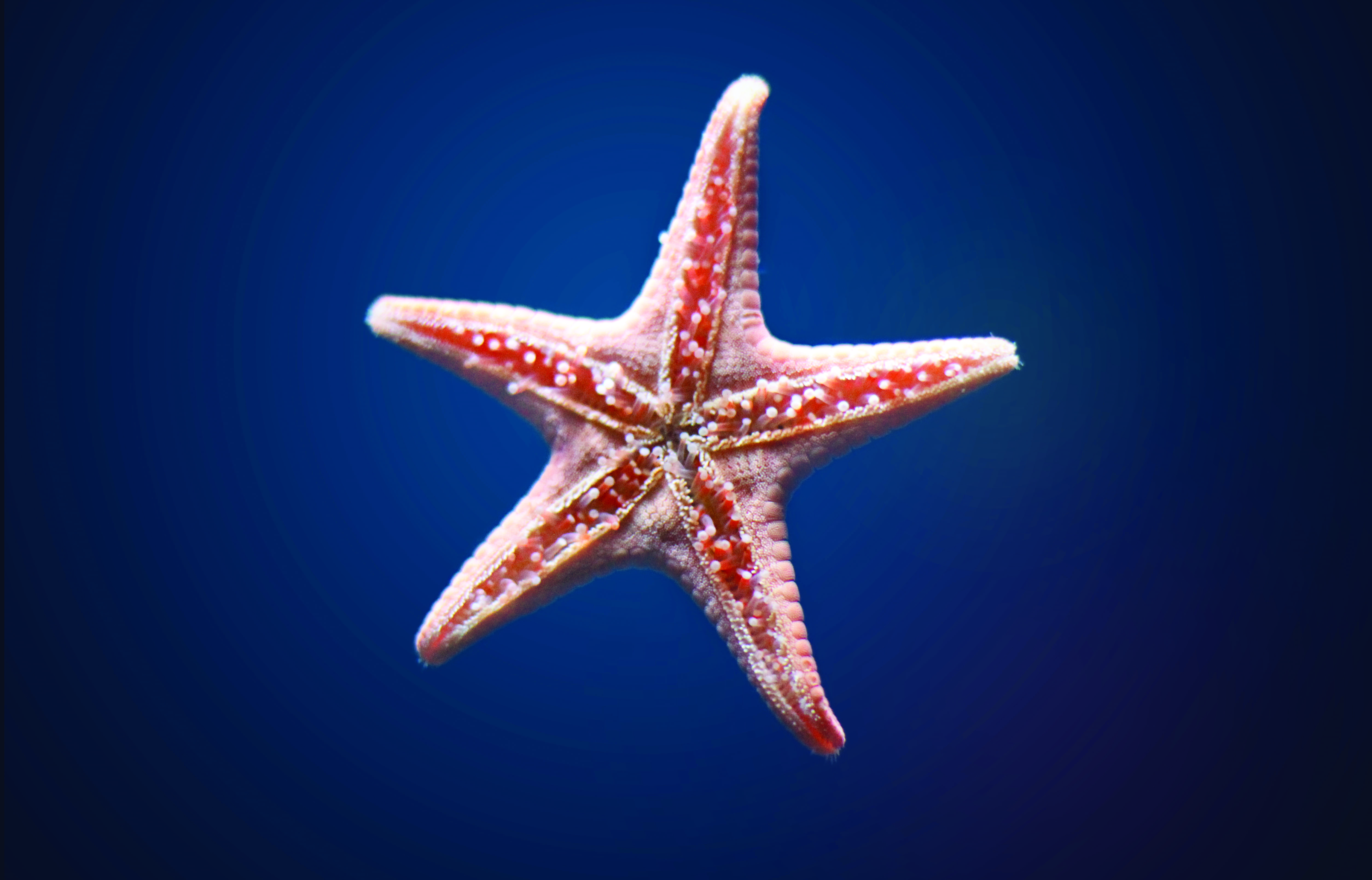
Pink Starfish Isolated Against a Deep Blue Ocean Background Creation 101
The sea stars' mouths are supported by a tough connective tissue membrane (peristorium). Protective moveable spines surround it, and what's interesting - starfish don't have teeth. They don't bite their prey, so they simply don't need teeth. Next, the mouth connects with a short oesophagus, leading to the stomach.

Image result for starfish mouth Starfish mouth, Mouth
4.7 to 9.4 inches Weight: Up to 11 pounds Size relative to a teacup: Marine scientists have undertaken the difficult task of replacing the beloved starfish's common name with sea star because,.
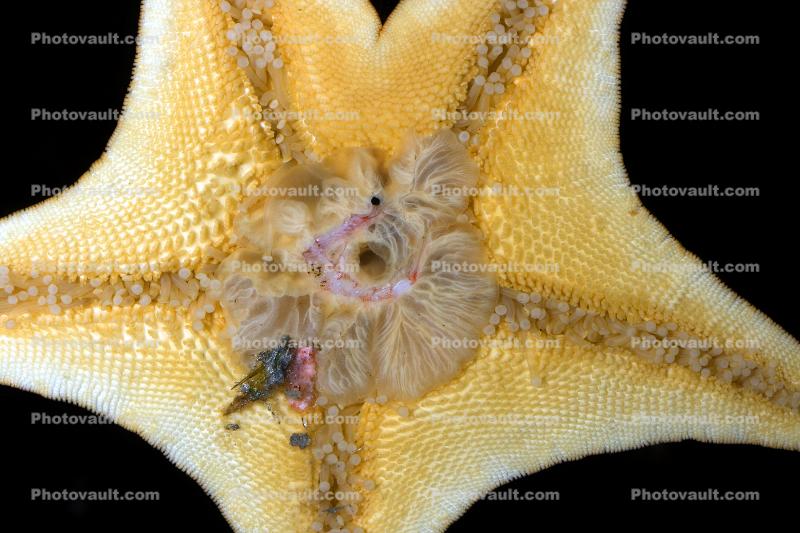
Starfish mouth Images, Photography, Stock Pictures, Archives, Fine Art
Common Name: Starfish (Sea Stars) Scientific Name: Asteroidea Type: Invertebrates Diet: Carnivore Average Life Span In The Wild: Up to 35 years Size: 4.7 to 9.4 inches Weight: Up to 11 pounds Most.
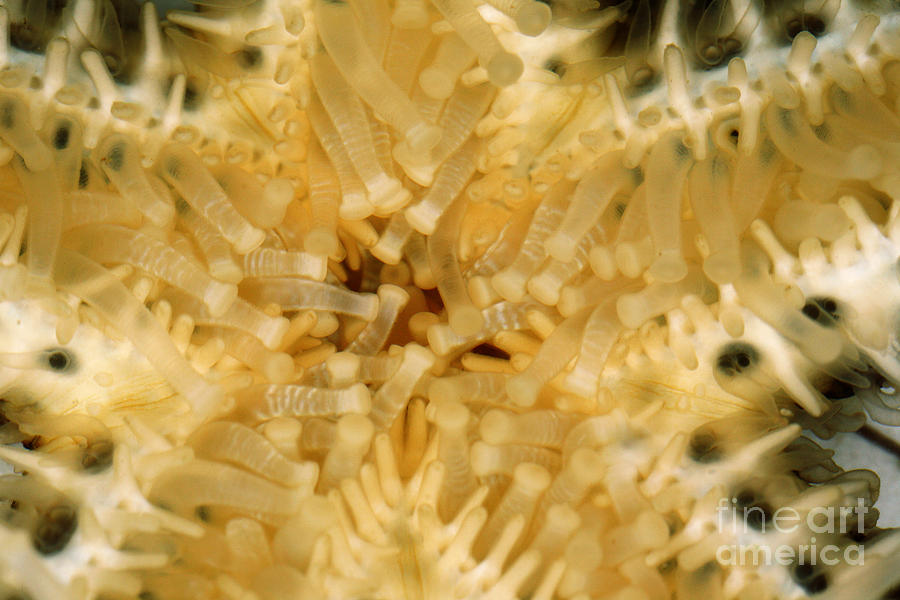
Closeup Of A Starfish Mouth Photograph by Ted Kinsman Fine Art America
Sea stars are echinoderms, which means they are related to sea urchins, sand dollars, basket stars, brittle stars, and sea cucumbers. All echinoderms have a calcareous skeleton covered with skin. They also usually have spines. Here you will learn about the basic aspects of sea star anatomy.